When growing flowers at home, put a few small things on the bottom of the pot. The pot soil is loose and breathable to prevent root rot.

The most difficult thing to control in the process of growing flowers is watering. Failure to control the amount of watering will cause water to accumulate in the flowerpot or be too humid for a long time. In the long run, it is easy to cause root rot of the flower, especially when there is no water in the pot. Put a layer of permeable material on the bottom of the pot. Watering it a few times will easily block the drainage, making the pot soil more moist and airtight. So don’t bother when potting flowers. Put a layer of permeable material on the bottom of the pot in advance. Increase the permeability of pot soil and effectively prevent water accumulation and root rot. Below I will introduce to you several small things that can be used to pad the bottom of the pot. You can put some on the bottom of the pot when potting flowers.
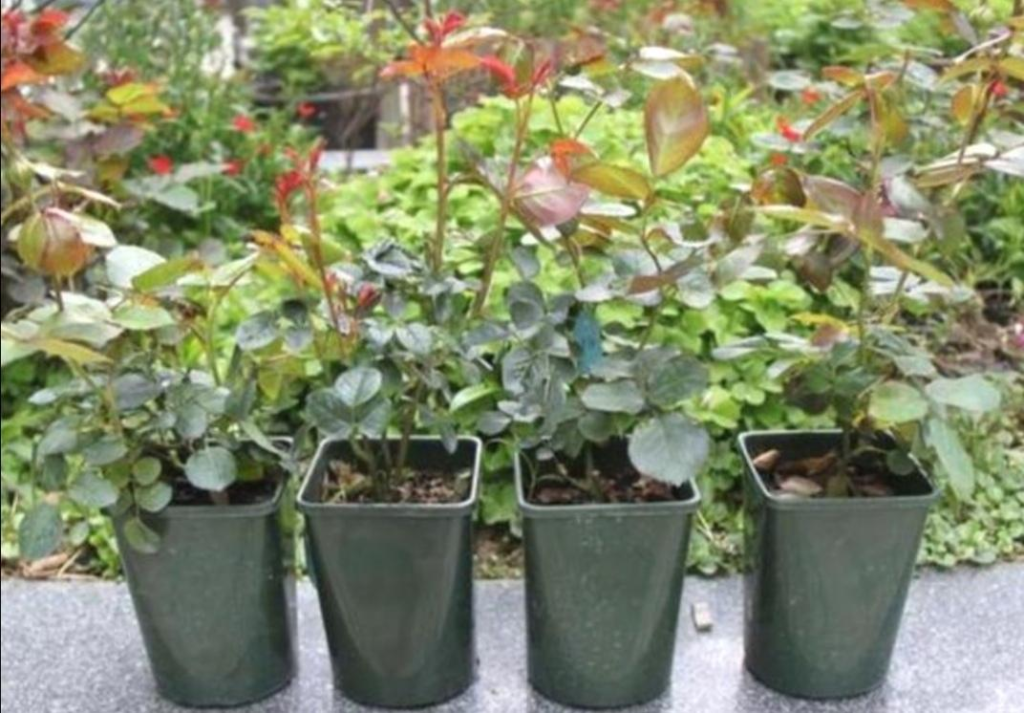
There is no need to spend money on materials to pad the pelvic floor. Many small things in life can be placed on the pelvic floor to filter water as long as they have good water permeability and air permeability.
cinder particles
The cinders left over from burning stoves in winter are a good material for growing flowers. The cinders are burned at high temperatures and are clean and sterile. They are also rich in mineral elements and can be used to prepare nutrient soil, or placed on the bottom of pots to increase the circulation of pot soil. permeability.

Before using the cinders to pad the bottom of the pot, you should first process them briefly, sieve out some of the fine dust inside, and then rinse both sides with clean water. Only use slightly coarser cinder particles to pad the bottom of the pot or prepare flower soil.
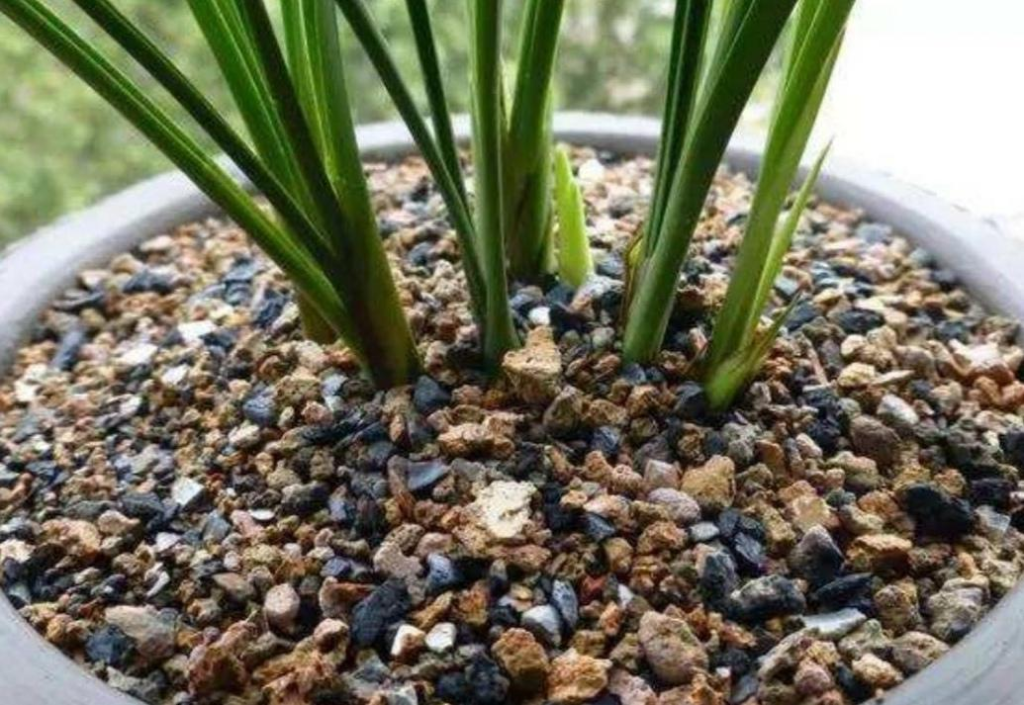
broken bricks
When potting flowers, if you can’t find the material to pad the bottom of the pot, you can also find a red brick or a few broken bricks, break them into small pieces with a hammer, and fill them directly under the flower pot, and then Fill flower soil to cultivate flowers. Bricks are made of clay, are light in weight, absorbent and breathable, and are also a very good material for padding the bottom of pots. Friends who like to grow orchids can also break bricks into small pieces and use them to prepare planting materials for orchids. The effect is also very good.
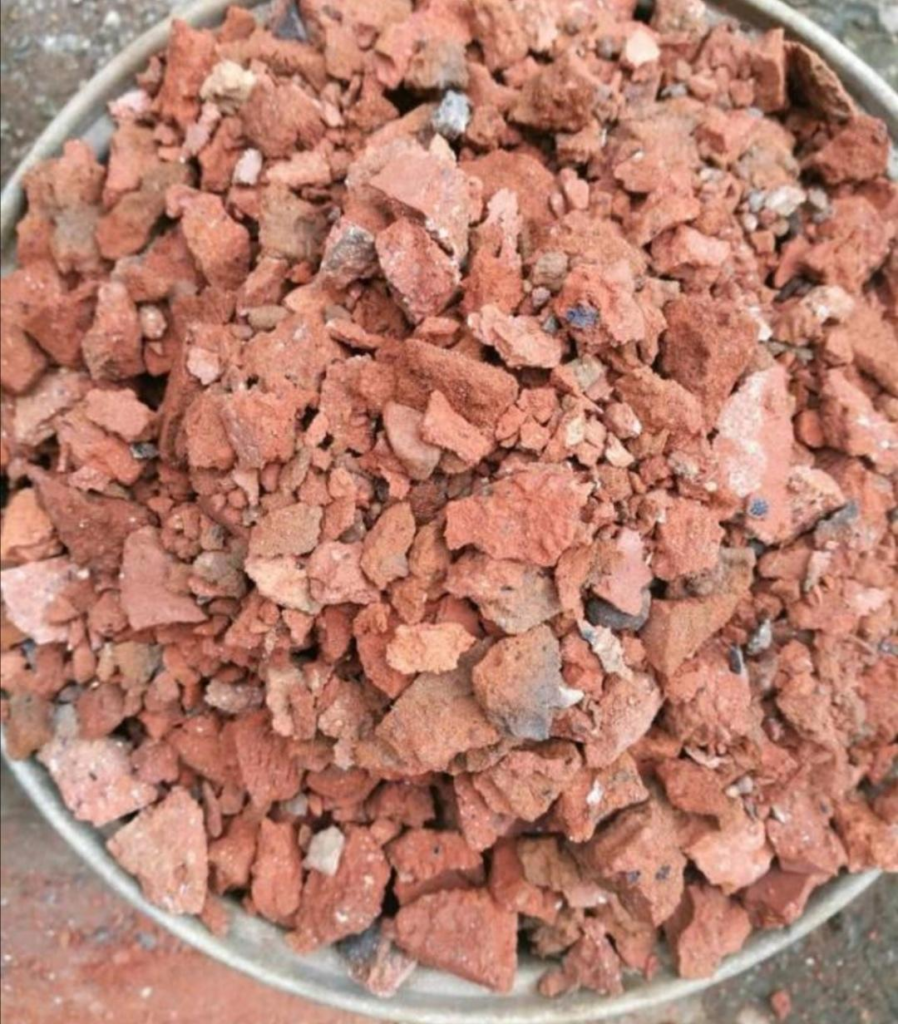
foam board
For flower lovers who live in the city, it is not easy to find some flower growing materials. Cinders and bricks cannot be found at any time. In this case, you can look for the white foam board in the packaging material and use it to pad the bottom of the pot. The effect is also very good. Just break up the foam board and throw it into the flower pot, then fill it with soil to plant flowers. After watering too much, the excess water will be drained out of the pot to prevent the flowers from rotten roots and yellow leaves.
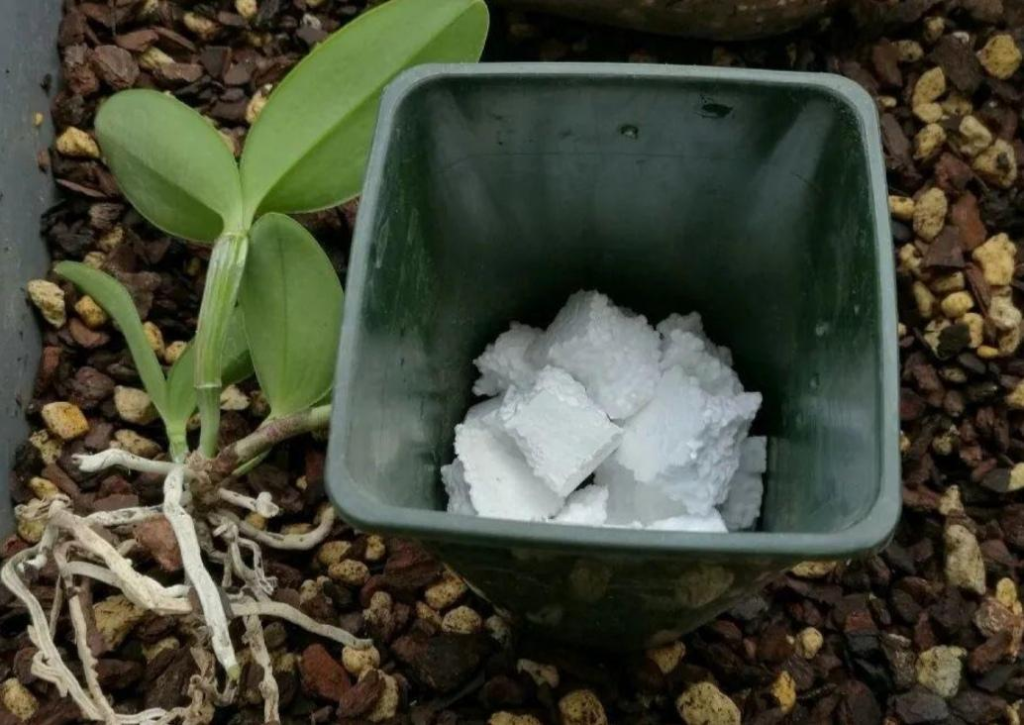
Peanut shells
Fermented and decomposed peanut shells are rich in nutrients and are loose and breathable. They are very suitable for use as orchid planting materials and can also be used to prepare culture soil for other flowers. When potting flowers, you can also put a layer of peanut shells on the bottom of the pot, and then fill it with soil to cultivate the flowers. It can also play a loose and breathable role, and after the peanut shells rot, they can also provide nutrients for the plants, allowing the plants to grow. More vigorous.
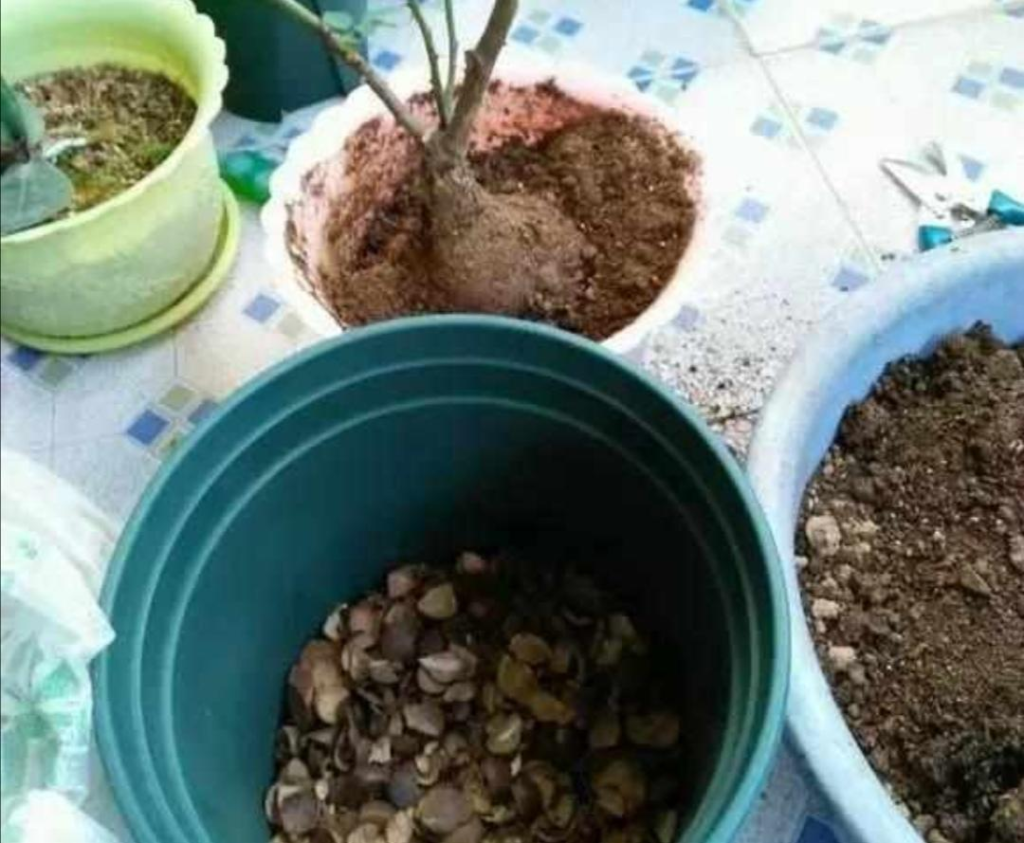
Things to note when padding your pelvic floor
Placing some water-permeable and breathable materials at the bottom of the flower pot can increase the permeability of the pot soil, facilitate root breathing, and prevent water accumulation and root rot. However, you should not fill too much in the flower pot. You can add a shallow layer at the bottom of the pot according to the depth of the flower pot. This can filter the pot soil and allow excess water to drain out of the pot smoothly. If the pad is too thick, the upper culture soil will be thicker. If it is too small, the roots will grow into the drainage layer. The roots will not be able to absorb the nutrients in the soil and will not grow vigorously.






